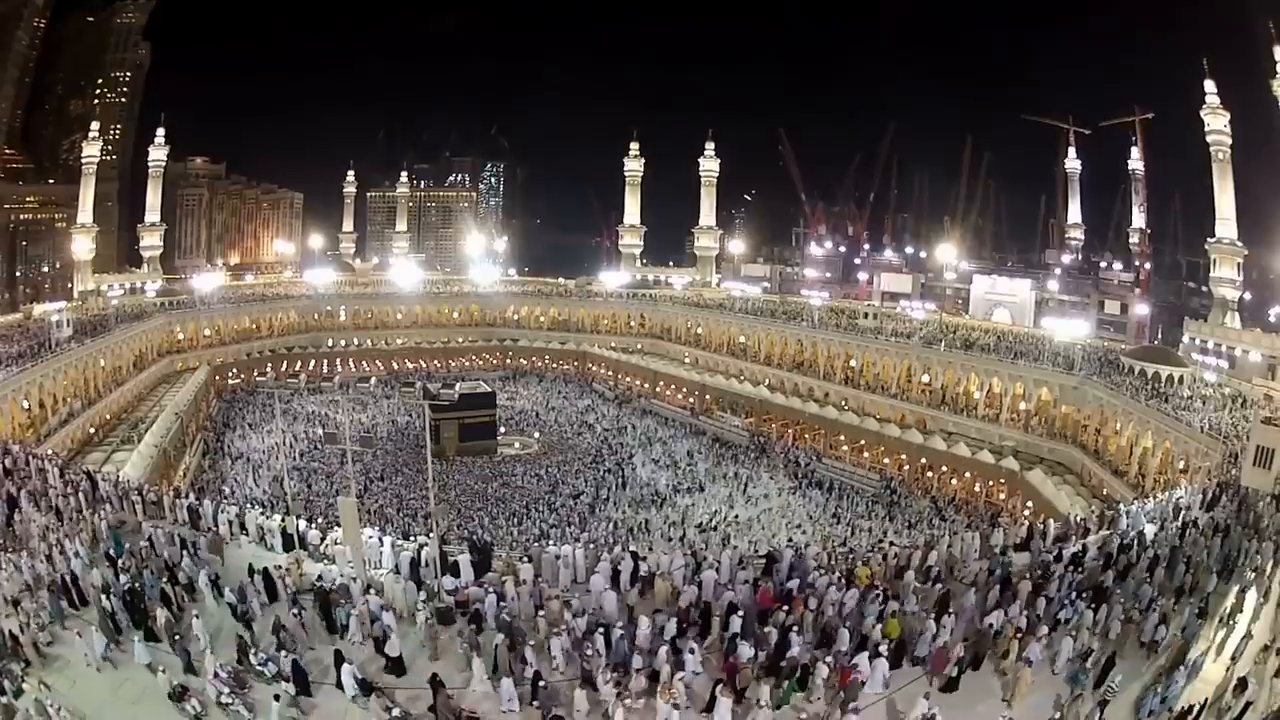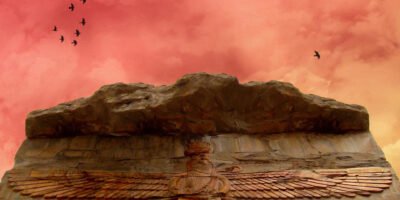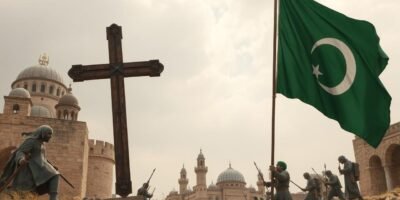The Druze are an ethnoreligious group primarily residing in the Middle East. While Syria hosts the largest population, Lebanese Druze form the largest share of the population of any specific country, making up roughly 5% of the total Lebanese population. There are also sizable Druze diaspora communities worldwide, particularly in Venezuela, the US and Canada. Total figures estimate between one to two million Druze worldwide.
Their faith surfaced in the early 11th century, emphasizing Tawhid, the allencompassing oneness or unity of God. Yet, it remains a poorly understood faith, largely due to its secretive characteristics.
Let’s find out who are the Druzepeople and whay is their faith. Let’s explore heir beliefs and practices, and how their millennium-long history has molded their community up until the 21st century.

Establishment of the Druze Faith
The Druze faith emerged in the 11th century as a philosophical, social, and spiritual revolution within Islam and other Middle Eastern religions. In this epoch, termed the ‘establishment era’, three figures feature prominently:
The Fatima Caliph al Hakam Biamralah, who introduced the new faith
The leader, Hamza ibn Ali
The later leader, Baha Aldin al Muktana, who closed the movement to new members in 1043
The roots of the faith trace back to Cairo during the 10th century, then recently established as the capital of the Fatimid Caliphate, ruled by the Ismaili branch of Shia Islam. The sixth ruler of this dynasty was al Hakam, a prolific figure with opposing accounts of his rule. He was at times seen as an eccentric leader, while at other extremes, a social revolutionary. He issued an edict that banned slavery within the Fatimid Caliphate and established Cairo’s Dar al Hiqma, one of the oldest institutions of higher learning globally. Al Haqm is considered a divine messenger in Druze faith.
Call to Tawheed Faith
In 996, al Haqm announced that a divine call to Tawheed would begin, bringing to close previous revelations of the Abrahamic religions. The principle of Tawheed centralizes the divine unity of God, contrasting with ancient polytheistic religions. God is conceived as beyond ontological categories like cause, effect, or substance, rendering religious descriptions of God symbolic rather than literal.
“God is beyond ontological categories like cause, effect, and substance, and thus all religious descriptions of God must be interpreted symbolically and not literally.”
Dr. Khalil Andani, scholar of Islam
Al Haqm urged that unity in all existence is found within God; God, as the creator and originator of the universe, contains the totality of existence. Tawheed was proposed as the most effective path to recognizing our unity with God and drawing closer to understanding God’s genuine essence.
In 1017, twenty years into his rule, al Haqm opened the Tawheed faith to willing subjects. This was known as ‘the call,’ open for only 26 years.

Emergence of New Followers and Challenges
Before inviting new followers, al Haqm recruited religious messengers to disperse his Tawheed message through proselytizing. The faith took root in the Levant, but its messengers reached far beyond the caliphate boundaries.
One of the leading proselytizers, a young Persian named Hamza ibn Ali, was named the religious leader or Imam of the new faith. However, this sparked jealousy within Muhammad Adirazi, another leader who rose rebels against Hamza but failed. Despite his ill attempts, Adarazi’s actions drew attention in Cairo, and the new followers of the Druze faith became associated with him. Thus, the term ‘Druze’ is believed to be rooted in his name.
Survival of the Druze Under Persecution
Al Haqm’s mysterious disappearance in 1021 bolstered the faith. While historians speculate possible assassination, Druze believe he disappeared, a concept rooted in Shia Islam, signifying a messianic figure’s unseen presence who will return someday.
However, the ascension of al Haqm’s successor to the Caliphate, al Zahir, caused unrest because of his hostility towards the Druze and Hamza, its religious leader. He declared a persecution campaign to eradicate them. As a result, the Druze concealed their faith and adopted practices simulating other religious groups for survival. In dangerous times, the Druze faith continued covertly under the stewardship of Baha’aldin al Muqtana, further guided by Hamza from secrecy.

Formation of Druze Holy Text
The correspondences between Hamza and al Muqtana formed the major part of a compilation now known as Kitab al Hikma or the Book of Wisdom, the Druze holy text. It comprises religious writings, administration, philosophy, and Dru’s history.
In the late 15th century, a Druze leader named al Sayed al Tanuki consolidated the 111 epistles into the six volumes that make up the Druze holy Scriptures today.
The Druze Today: Beliefs and Practices
The Druze today uphold the five cosmic principles of their faith, symbolized by the five-pointed star. The first principle, symbolized by the color green, represents the universal mind, followed by the universal soul (red), the universal word (yellow), the universal precedent or cause (blue), and the universal antecedent or effect (white).
The Druze also believe in the reincarnation or transmigration of souls. Unlike Buddhism or Hinduism, the Druze maintain that a Druze soul will always reincarnate as a Druze.

Today, the Druze are recognized as an ethnoreligious group, due to their unique religious identity and marriage practices within their community. Modern challenges to their customs come with the dilemma of finding marriage partners within the Druze community, particularly for young Druze in diaspora communities. There is also a growing demand for educational resources to deepen understanding of their historical roots and traditions among the younger generations.
This intriguing journey through Druze history and beliefs exposes a diverse yet cohesive community, with roots deeply embedded in the Middle Eastern region. Carrying a secretive image, the Druze remain an intriguing subject of the ethnoreligious study just begging to be explored further.




Leave a Reply